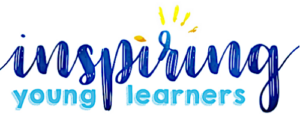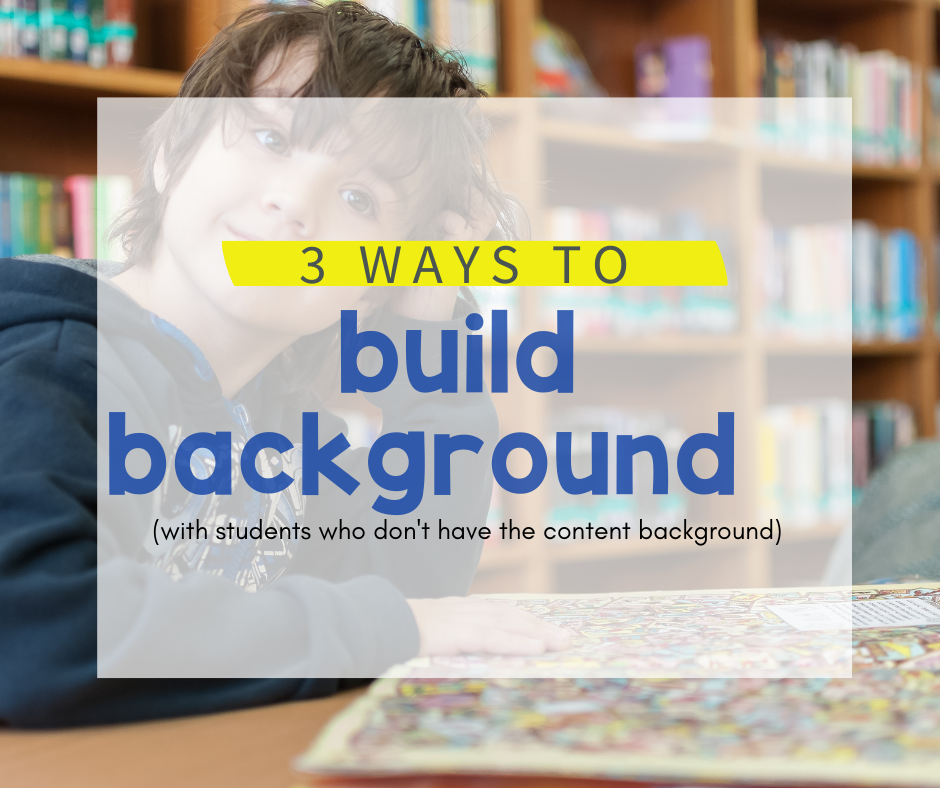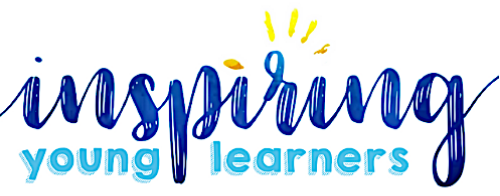
In this series, we are going to continue to look at the six essentials to any lesson for ELLs.
The first must-have piece is Building Background. This is often easier said than done, because many times we are trying to build background on topics that our students might not have any cultural understanding of. How do we do this?
The greatest pitfall in Building Background? Assuming. I am guilty of this in my own teaching. More often than not, I assume that my students have gone camping or been to the movie theater, or that their home life resembles the topic we are talking about in class. We, as educators, need to be careful to not assume so much that we miss out on key opportunities to check in on our student’s understanding and activate prior knowledge.
I reflect often on what it must be like for a student to arrive in a US school for the first time. Having lived abroad, I have seen what public schools look like in most countries around the world, and the worst school in the US is most likely far better than the best school in other places. Think for a second about all that is going through this child’s mind as they enter a beautiful school that doesn’t just have desks, but colorful artwork on the walls, technology, books everywhere, and more.
I say these things, because I believe we need to be careful not to assume our students have had educational experiences that resemble the experiences they will have in our classrooms. Instead, we need to take time to see learning through our students eyes, and be ready to front load, teach, and clarify any areas that are causing confusion.
So, what should teachers do to help students build background when they don’t have any background about a topic?
- Don’t assume your students have had that experience–or worse, put them on the spot to share if they haven’t volunteered to. Try changing the way you phrase a prompt to “Have you ever…?” This allows for opportunities for students to respond and give you insight into the background they have.
- Frontload vocabulary in a meaningful way. When our student’s don’t have the background they need, comprehension is very difficult, so we need to make sure we spend time building the background, the vocabulary, and multisensory learning. Having realia, using TPR, or showing a video can all help bring knowledge and understanding to a unfamiliar topic and begin to prepare their minds to comprehend.
- When possible, try to give your students opportunities to read or watch a video in their native language before your lesson to help them gain understanding in their L1 to help transfer their knowledge and experience to their L2. You can check out National Geographic Kids En Espanol on YouTube (,https://www.youtube.com/channel/UCE0zCDqWLw1-RdDgw4gDwsQ) or search a specific website you are using and see if you can translate the website.
These simple strategies can make a big impact on how your students engages with the materials on how the new vocabulary and environment takes root in their brain.
Which one are you going to try this week? Share in our Facebook group and let’s learn from each other!


